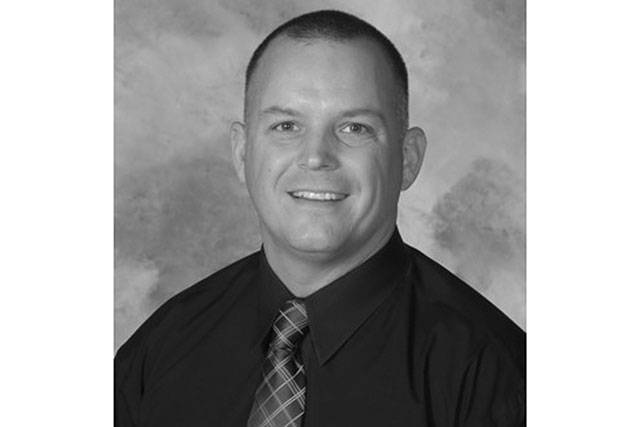By Duane Fish
The new Washington state high school graduation requirements have finally arrived at Arlington Public Schools and like many other districts around the state, we’re wrestling with our approach to ensuring every student succeeds in earning an on-time high school diploma. Trend data from the K-12 Data Dashboard located on the Office of Superintendent of Public Instruction Website (www.k12.wa.us) indicates the on-time graduation rate for Arlington Public Schools’ students has consistently hovered somewhere around the state average of roughly 80 percent.
Given an additional year to pursue a diploma, our students have historically graduated at rates slightly higher (85 percent) than the state average.
These graduation rates and other performance indicators are annually collected and published by OSPI to assist educational leaders and district stakeholders with monitoring and adjusting instructional programs, supports and interventions to best help students achieve.
The challenge moving forward into this world of 24 credits required for graduation is that our students and teachers no longer have room for failure within a student’s four-year schedule. With our current freshmen (Class of 2021) being the first class required to have 24 credits for graduation (previously 22.5 credits), a simple math lesson highlights our challenge: six periods per day multiplied by four years equals exactly 24 opportunities to earn those 24 credits. To some, the simple answer seems logical… just change the schedule to be seven or eight periods each day and the problem is solved.
With that approach, however, districts are faced with significant cost escalators with a need for more teachers, materials and supplies spread across more periods in a day or week.
Many districts have researched the associated costs, and it can reach well above $1 million per year.
To best solve this 24 credit problem, many districts like Arlington are choosing to continue doing what works for 80 percent of our students already, but taking a closer look at what isn’t working for the 20 percent who aren’t earning a high school diploma with their peers. Rather than completely re-working a system that works for most, we are shoring up our systems of support for those who struggle. That means rolling up our sleeves to find ways to extend opportunities for students who need additional support before school, after school and while they’re with us throughout the day. It’s about creating systems for tracking, monitoring and supporting students who historically have struggled in traditional K-12 settings and finding ways to engage families in the process more regularly with us.
To this end, Arlington is engaging in the implementation of Multi-Tiered Systems of Support, Response to Intervention and Differentiated Instruction in every classroom. For every student to reach 24 credits in four years, we are working more directly with families and community partners to best identify and address the needs of the 20 percent who have yet to find consistent success. Together, we can achieve anything, and 24 credits is no exception.
Duane Fish is principal at Arlington High School. Arlington Public Schools has a column each month in the newspaper.










